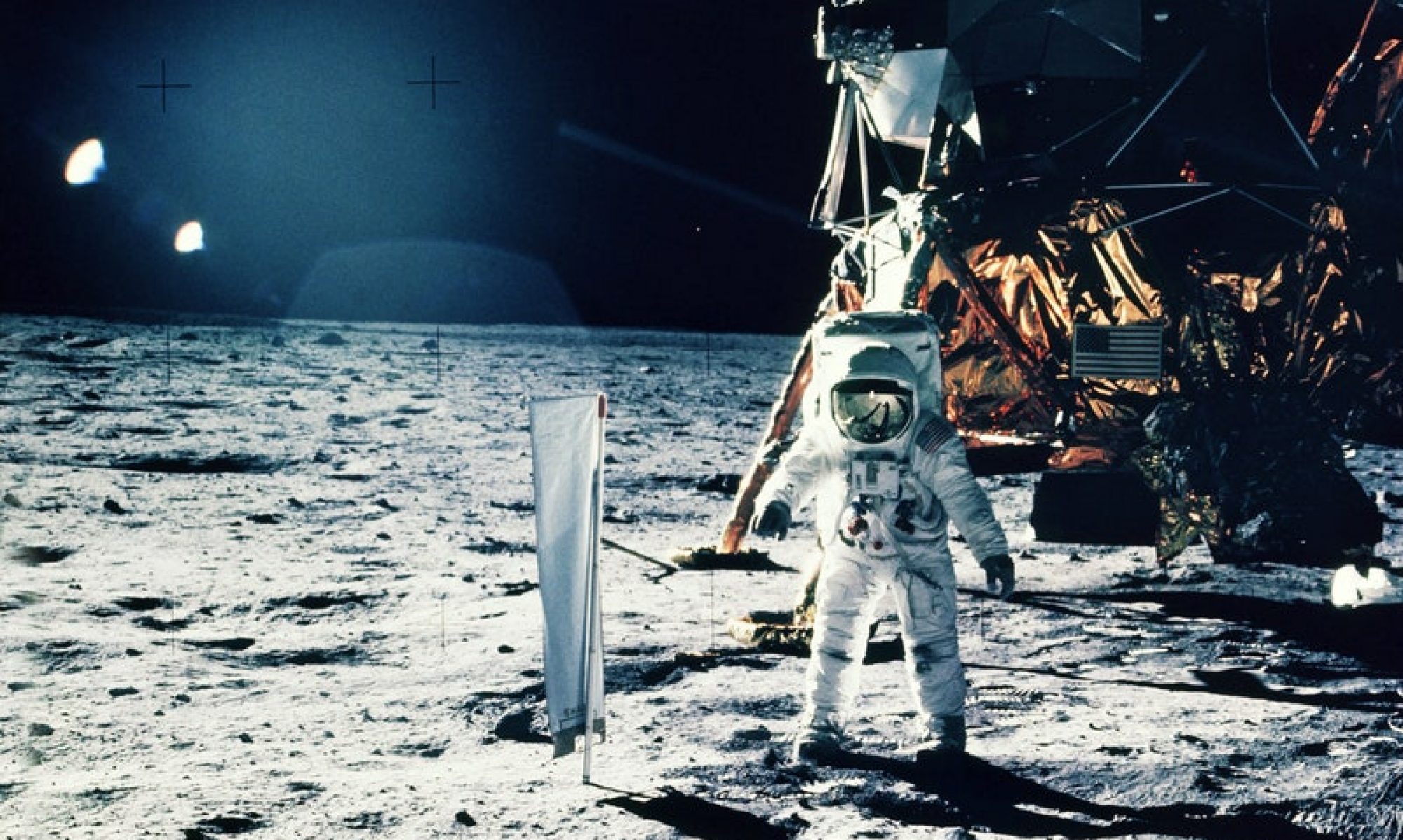The Apollo 11 Lunar Module’s Unsung Heroes: Apollo Landing Components that helped NASA Land safely on the Moon Explained
Introduction
Welcome, space enthusiasts, to Spacecraft Guide! Our mission is to unravel the mysteries behind the most intricate and remarkable spacecraft in human history. Today, we’re venturing deep into the cosmos to explore the remarkable components that ensured the lunar module’s safe touchdown on the moon – the very components that led to Neil Armstrong’s historic words, “The Eagle has landed.”

X-Pointer Scale Switch: Unveiling Velocities
Our journey this week takes us to Panel 3 of the lunar module. The first component on our list of Apollo Landing Components is the X-Pointer Scale Switch, a small yet mighty device that controlled the X-Pointer indicator’s scale. The X-Pointer was the astronauts’ window into their forward and lateral velocities.
Imagine this: Neil Armstrong famously called out “four forward, drifting to the right” during the landing. He read this information directly from the X-Pointer. Now, the fascinating part is how the X-Pointer Scale Switch influenced this reading. In “Low Mat,” this switch displayed forward and left-to-right movements in feet per second, all based on radar data. So, the scale switch wasn’t just a button; it was a gateway to understanding their crucial landing data.
Contact Light: The Last Five Feet
A mere 5.6 feet above the lunar surface might not sound like a lot, but on the moon, it was significant. This is where the Next Apollo Landing Components, the Contact Light, comes into play. It signaled when the lunar module was roughly 5 feet above the lunar surface. You might wonder, “Why not when the landing gear struts compress?”
Here’s the lunar science behind it: On Earth, such a landing might indeed result in broken struts. However, the moon’s lower gravity—just one-fifth of Earth’s—meant that a 5-foot drop was a gentle touchdown. Grumman, the craft’s manufacturer, accounted for all possibilities by building robust struts. As the story goes, Armstrong’s impeccable piloting skills allowed for such a soft landing that the struts barely compressed. It was a small step for a human but a giant leap in craftsmanship.
Join the Cosmic Conversation
Did this lunar odyssey captivate your imagination? We’d love to know! Your feedback, insights, and questions fuel our cosmic exploration. Please engage with us by liking, sharing, and commenting below, and don’t forget to subscribe to stay on top of the latest celestial revelations.
Patreon: Your Portal to the Cosmos
Are you itching to embark on an interactive, virtual-reality journey through Apollo’s incredible spacecraft? Join our Patreon community at patreon.com/sivrmuseum and gain access to awe-inspiring experiences like exploring the interiors of the Apollo command and lunar modules. You can even step onto the moon’s surface right from the comfort of your home. Get ready to launch your cosmic adventure!
Conclusion and Gratitude
As we conclude this celestial adventure, we want to extend our sincere gratitude to you, our dedicated audience, for your unending support. Thank you for being part of our cosmic journey. Stay tuned for more awe-inspiring insights, and let’s continue to explore the wonders of the universe together.
#Apollo11 #LunarModule #XPointerScale #ContactLight #SpaceExploration #PatreonCommunity
